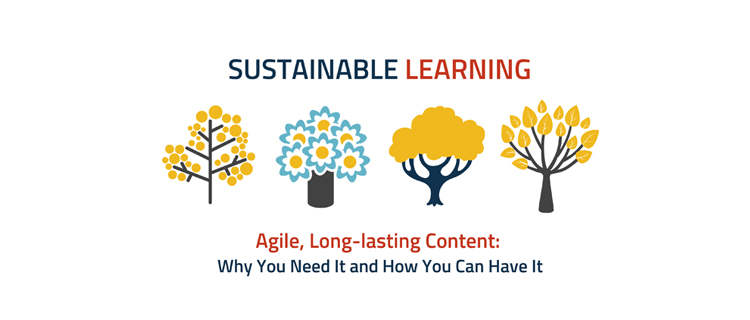Onboarding is perhaps the most crucial point in the career path of any employee (as a new hire), which also makes it almost as essential to the organization that is employing them. The foundational nature of employee onboarding procedures, is what makes them so indispensable. Simply put, the root of an organization is made up of its entire workforce, and onboarding is the measure that ensures the stability, as well as vitality of that root.
Most companies recruit several new employees on an annual basis. And for those that are constantly expanding their [infrastructure] business, having good onboarding practices in place becomes imperative. Onboarding covers two major aspects of the organization, from the perspective of an employee: technical, and psychological. A new recruit must not only proper work training, but must also be made to feel at home in their new work environment. All the work proficiency in the world will cease to matter, if an employee lacks fulfillment from his/her job.
Onboarding is an opportunity for an organization to not only familiarise employees with its workings, but also with a clear idea of their future contribution to its growth. At the end of the day, good onboarding programs must strike a perfect balance between training, and welcoming employees. Here are 6 great onboarding practices that organizations must adopt, in order to hit that balance:
-
Break the silence
There usually elapses a period of time between a new recruit accepting their job offer, and the designated joining day. This period can be aptly utilized to establish communication with the recruit. The organization could, for instance, send them an email or make a call giving them a brief overview of what their first day will be like. The basic idea is to simply connect with the new hire in some form, so as to lay the groundwork for a good impression.
-
Make the right start
The first day of a new recruit should be a memorable experience for them, rather than a dry routine of completing paperwork, and other formalities. For starters, having a welcome-kit placed at the recruit’s workstation makes for a great gesture. This can include:
- Gifts
- Welcome messages from co-workers
- ID badge/s
An office tour, that takes the recruit through all the departments and areas (working/recreational) of the office, makes for a great starting point. Apart from giving them an idea of the workspace itself, this is also an opportunity for the new hire to be introduced to employees from various departments. Finally, the recruit should be introduced to their immediate co-workers (members of the same team/department) at a small informal meeting, preferably over coffee and snacks.
-
Show them the ropes
Training is one of the most important components of onboarding, as it accounts for the entire technical aspect driving the program. New hires benefit immensely from acquiring specific, to the point knowledge and skills training, that align with the job expectations. It therefore becomes imperative for the organization to ensure that the training course is made as engaging as possible, in order to have an optimal output in terms of employee retention, as well as future application.
The onboarding training program could therefore be an intuitive blend of flexible learning modules, including e-learning, gamification, mobile app integration, and more. All of which is tied up by effectively by a communication system that allows the recruit to seek any/all the assistance they require, in completing the training.
-
Peer them up
Once the recruit begins their onboarding program, organizations must assign them to an existing employee who has been working in the same department for some time. This is essential as it gives the recruit an opportunity to learn all aspects of the company’s working, on a highly intimate, and demonstrative level; by seeing the other work, asking them questions. etc. The program should also include an assigned shadow co-worker (buddy) to whom the recruit is assigned, who is working at a level similar to theirs. It is important not to assign a manager, or any other senior employee, as the recruit may not feel too comfortable in being completely open with them, chiefly in terms of the questions they ask.
-
Show them who’s boss
During the onboarding process, the recruit must also be given the opportunity to meet their immediate boss/s, as well as member/s of the senior management of the organization. This should ideally be done as an individual session in a formal setting (over a meal perhaps), wherein the recruit receives experiential insights that their senior/s have to share. Furthermore, having a regular conversation with their boss (senior department heads) goes a long way in de-mystifying the hierarchical element in the organization from the recruit’s perspective, as well as an aspirational experience that boosts morale right from the start.
-
Get their opinion
In today’s scenario, the only way forward for businesses, is adaptation. Organizations must constantly evolve along with the rapidly changing business scenarios of today. The same therefore, also goes for the onboarding practices implemented by organizations. A major element in said adaptation, comes from knowing the reality of the situation. For onboarding, employee feedback is one of the major reality checks. Whether it is through e-forms, written feedback, live/online forums, discussions, or any other method, feedback is a valuable component in the timely evolution of employee onboarding.



